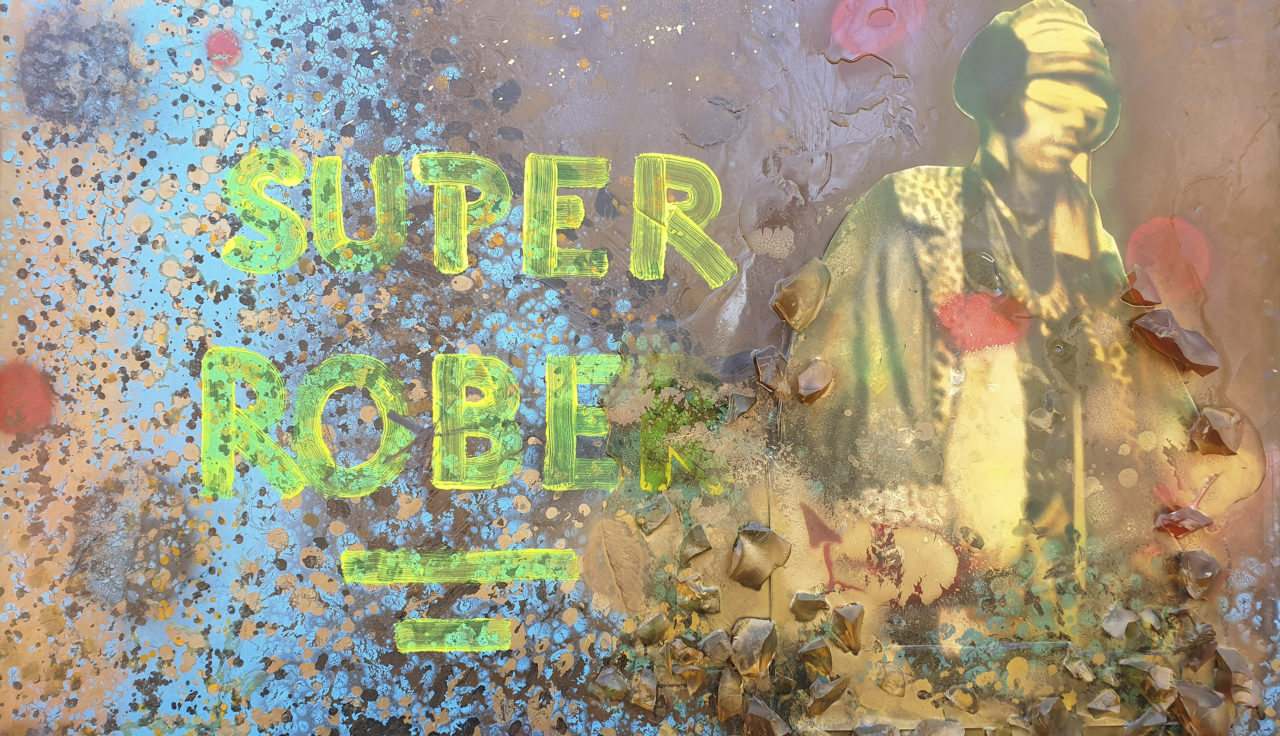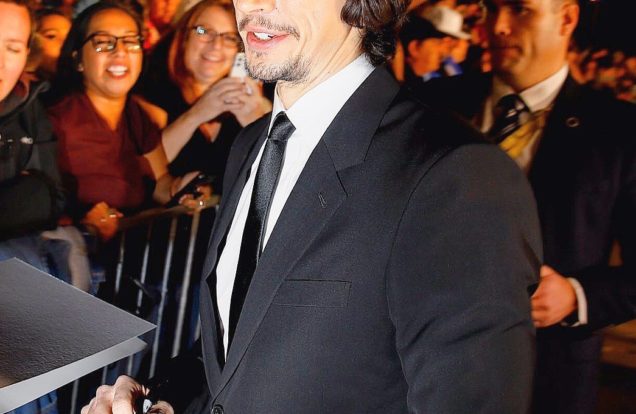Jean-Michel Basquiat
The Artist and the HIP HOP Generation


In the early 1980s, art and writing labeled as graffiti transitioned from New York City walls and subway trains onto canvas and into galleries. Young urban artists infused the downtown art scene with pop, expressionist and graffiti-inspired compositions. Jean-Michel Basquiat (1960-1988) was the iconic and provocative frontrunner among these emerging artists and the neo-expressionism movement.
Basquiat was a poet, musician and graffiti prodigy in the late 1970s. With his friend Al Diaz, the duo took to the streets and adopted the graffiti pseudonym of “SAMO,” which stood for “same old, same old” or “same old shit.” They scrawled poetic messages that targeted capitalism, greed and nepotism. When Basquiat and Diaz ended their friendship, the SAMO project ended with the epitaph “SAMO IS DEAD,” inscribed on the walls of Soho buildings.
Basquiat had honed his style of obsessive scribbling, elusive symbols and diagrams by the time he was 20. He drew inspiration from his Caribbean heritage. His father was Haitian and his mother of Puerto Rican descent. In an interview, he said, “I don’t think about art while I work, I think about life.” He used social commentary in his paintings to reveal his experiences in the black community. His art focused on wealth versus poverty, integration versus segregation and mixed historical information with contemporary critique.
Basquiat’s rise from homelessness and unemployment was quick. By 1980, he was selling his art-work for up to $25,000. His popularity and acclaim brought him exhibits alongside artists such as Julian Schnabel, David Salle and Francesco Clemente. With his idol and mentor Andy Warhol, the two collaborated on a series of paintings before Warhol’s death in 1987. A year later, Basquiat died of a heroin overdose.
The book Writing the Future: Basquiat and the Hip-Hop Generation will be released in April to accompany a major exhibition at the Museum of Fine Arts in Boston. Writing the Future features Basquiat’s work in various mediums and alongside his contemporaries and collaborators–A-One, ERO, Fab 5 Freddy, Futura, Keith Haring, Kool Koor, LA2, Lady Pink, Lee Quinones, Rammellzee and Toxic.
In a statement, the MFA Boston says, “Writing the Future will be the first major exhibition to contextualize Basquiat’s work in relation to his peers associated with hip-hop culture. It also marks the first time Basquiat’s extensive, robust and reflective portraiture of his Black and Latinx friends and fellow artists has been given prominence.”
The exhibit at the Museum of Fine Arts is open from April 5 to August 2, 2020.













